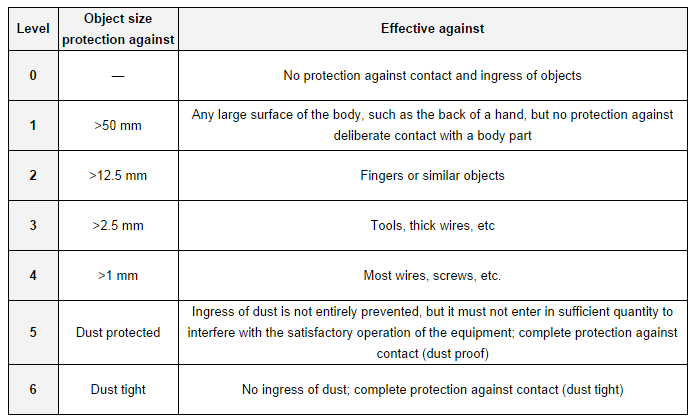
One of the coolest aspects of today’s Android devices is that many have built-in water-resistance.
You can probably use them in the rain without destroying them and they may be able to survive a brief dunk in a puddle of water.
But not all Androids are water-resistant. Some Androids are waterproof or “splash proof”. What is the difference between all of these variables? Is there a difference between all of these variables?
Today, I’m going to explain – and tell you which type of resistance may be right for you.
What’s Ingress Protection (IP)?
IP is an international standardized system used to determine the dust and water resistance of various electronic devices.
IP was developed by the International Electrotechnical Commission, which has the broad goals of “enabling global trade” and facilitating conformity assessment and international standards.
IP is a very useful measurement that provides critical data about the smartphones and tablets we use everyday.
Unfortunately, few smartphone consumers actually understand how IP works. When you see a rating like IP54 water and dust resistance, what does that actually mean?
Well, I’m going to break things down here:
I: Ingress
P: Protection
First Digit: Dust resistance rating
Second Digit: Water resistance rating
The confusion comes from electronics manufacturers. Sometimes, manufacturers choose to display their IP rating on their packaging or sales copy. In other cases, they simply declare a phone is “water and dust resistant.”
So what’s the real truth here? The truth is that you can rely on IP ratings to determine how waterproof your phone may be.
Let’s break down IP ratings.
Understanding IP ratings
Take a look at the ratings below. First, we have:
Dust Protection Levels

Obviously, “dust protection” is a bit misleading. The specific rating is for “dust and similar objects.” However, a dust protection level of 2 means your device doesn’t have any finger-sized holes in it – which is a good thing. Most phones made today have an IP dust protection rating of 5 or 6.
Second, we have:
Water Protection Levels

This chart is far more helpful. Most of us worry more about water than we do about dust and fingers.
The water protection chart also has a more detailed breakdown of wet situations.
Ultimately, all devices that have “IP” ratings go through independent IP testing. During these tests, the devices are subjected to all of the above water and dust “ingress” to determine how far they can go.
What about codes with an “X” in them?
Today, most phones have an IP rating with two numbers. “57” is a popular designation, and many top Android phones have IP67 ratings.
But some older devices will have a rating that looks like this:
IP5x
IPx3
What does that mean? If there’s an “x” in place of a number, it means the device has no certified level of dust-resistance (if it replaces the first digit) or water-resistance (if it replaces the second digit).
The Samsung Galaxy S5 and S4 both have IP ratings of IP67, which means they’re completely dust-proof and can also be submerged underwater for up to 30 minutes at a depth of 1 meter.
What’s the IP rating of an iPhone?
One of the great moments in “trolling Apple users” history was when at least a few iPhone users bricked their devices because they thought iOS7 made the iPhone waterproof.
Somebody on the internet created this amazing image which appears to use legitimate Apple marketing to announce a waterproof iPhone:

The truth is, the iPhone has never been waterproof. While the iPhone may have undergone IP ratings tests, Apple has refused to disclose that information for any of its devices.
If I had to guess, though, the iPhone would receive an IP rating of IP52. I’ve never heard of an iPhone surviving moisture beyond a few drops of rain, so IP52 would likely be accurate.
